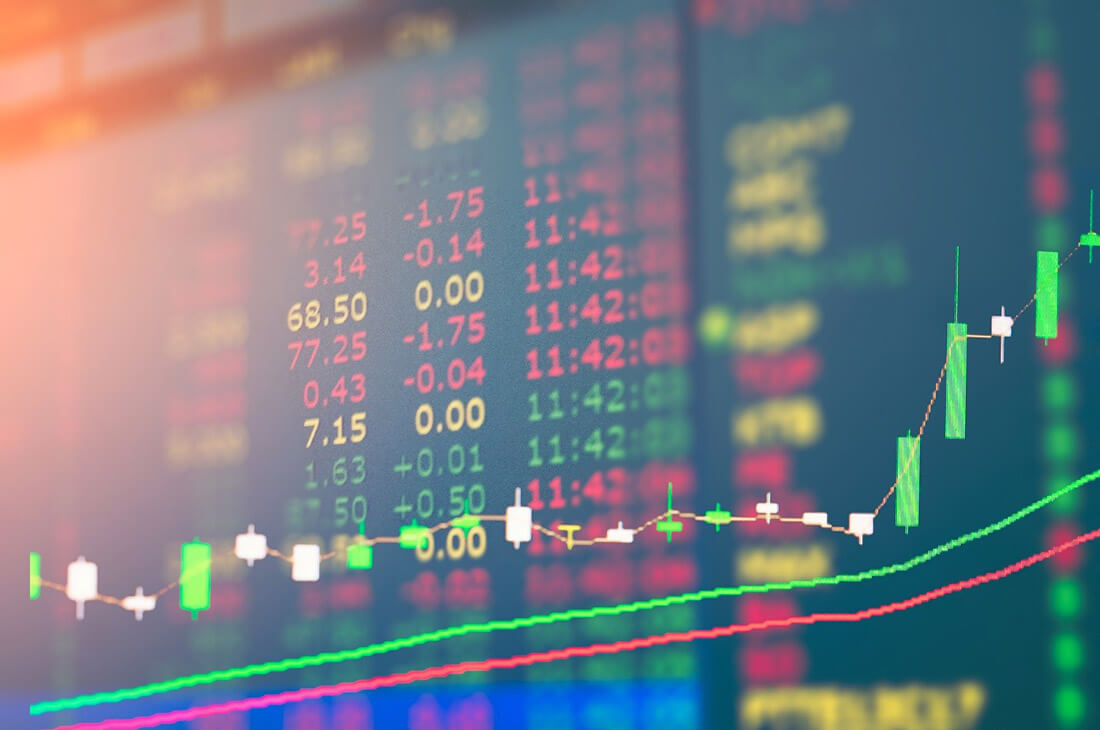Stocks in the US market did not quite manage to make significant shifts this last Tuesday. This happened while the Treasury yields for 2-year periods rose, reaching their highest point in 17 years. This all took place during the release of reports on retail sales. Additionally, reports on banking profits from this last quarter also influenced investor actions. So, Treasury management had been suppressing stocks.
It seems like consumers had started spending a lot this September, more than analysts were expecting. This is certain to help boost US GDP for this month. Goldman Sachs, for example, has already increased its figures for GDP predictions this month. Its forecast went up to 4.00%, up by 0.30% from the previous figure. We have not seen such high growth in a single quarter since the end of 2021, while the Treasury yields in the US also grow.
It seems that now analysts expect that the US economy will be able to reduce inflation while avoiding recession. Yesterday’s reports seem to confirm this. Therefore, the idea that we are in for a soft economic landing is gaining traction as inflation reduces and growth keeps marching forward.
So, this economic growth should have positive knock-on effects. We should expect growth in stock prices and profits for companies, which analysts are also expecting to take place.
Market Uncertainty: Middling Stocks and Rising Treasury Yields
So far, things seem unclear in terms of stocks, though. The most important indices showed middling changes. The Nasdaq actually lost 0.25% in value, while the S&P 500 and Dow Jones lifted by 0.01% and 0.04% each. Clearly, this does not show much confidence from investors.
Since the Treasury yields keep rising, they could be keeping stocks under pressure. Such high yield numbers have outdone good data on earnings estimates for companies, so Treasury services may have to focus on a balancing act.
We should also keep in mind that the retail sales numbers have some negative implications. It means that consumers are spending far more than the Fed intended. This is the scenario the Fed tried to deter with their tight monetary policy, so they understandably feel worried.











